The first criterion for pipes in the water supply network is that they must be able to withstand mechanical impacts both inside and outside. Pipes and joints must be tight and leak-free. The quality of the pipes must be guaranteed in terms of: high durability, solidity, no cracks or holes. The inner surface of the pipe must be smooth, minimizing friction when water moves in the pipe. The cost and investment cost must be as low as possible.
Based on actual conditions and technical requirements, people will choose the most suitable type of water pipe for each section and area of use in the network. Currently on the market, there are 2 main materials used to make water pipes, which are metal and plastic.
Metal pipe
Metal is a widely used material for water supply and drainage systems, especially in Western countries. Common materials include copper, cast iron, galvanized steel, etc. Metal pipes have the advantage of withstanding high pressure and temperatures above 150 degrees Celsius.
With the characteristics of thermal expansion and slow cold contraction, metal water pipes allow users to transmit hot water through the water pipe without worrying about the pipe being deformed or cracked. The durability of metal pipes can be up to 70 years.

Illustration of copper metal pipe.
However, metal is not a commonly used material in Vietnam today. Although copper is a good material, its cost and price are too high, so it is not suitable for civil works.
Cast iron pipes are mainly used in large-sized transmission lines and are not suitable for small water supply pipes in households due to the impact of thermal expansion in the pipes. Meanwhile, galvanized steel pipes are prone to scaling and clogging, affecting the quality of water sources as well as human health.
Plastic pipe
With cheaper price and can be applied in many different projects, plastic water pipes are the most popularly used in the market. Currently, there are 3 types of plastic pipes including: PVC, HDPE and PPR pipes.

Plastic pipes come in a variety of sizes and types.
In particular, uPVC is a plastic pipe made from hard plastic material, has a low price but the lowest heat resistance compared to the remaining types of pipes. PPR plastic pipes are made from PPR plastic with the ability to withstand higher temperatures and are suitable for installing indoor water pipes. HDPE plastic pipes are made from flexible plastic material, high density with low heat transfer coefficient, ensuring the stability of flow in harsh weather.
However, the construction of plastic pipes is mainly by heat welding and gluing, the quality of the joints depends largely on the skill and carefulness of the plumber. Joints that do not ensure quality will obstruct the flow and are prone to leakage after a period of use. Moreover, the risk of lead contamination in water sources in plastic pipes is a burning issue that people are concerned about and are looking for solutions.
Choosing safe and health-ensuring water pipe materials is always the top priority of developed countries in the world and Vietnam.
Bao Anh
Useful
Emotion
Creative
Unique
Wrath
Source


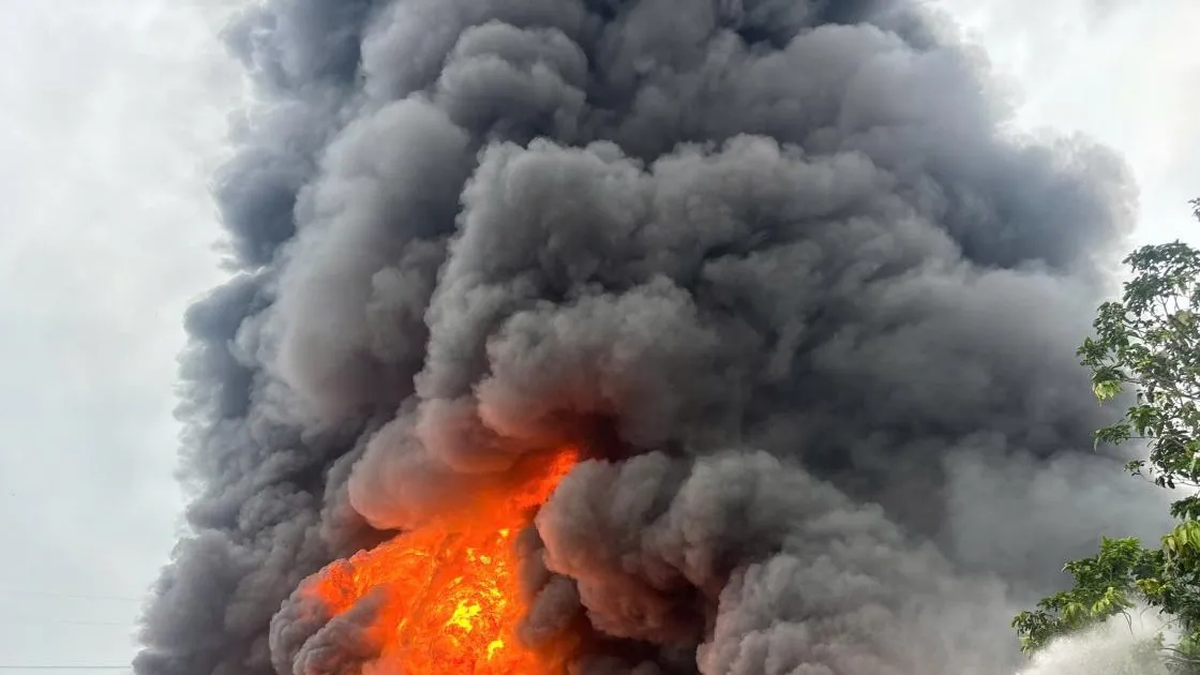







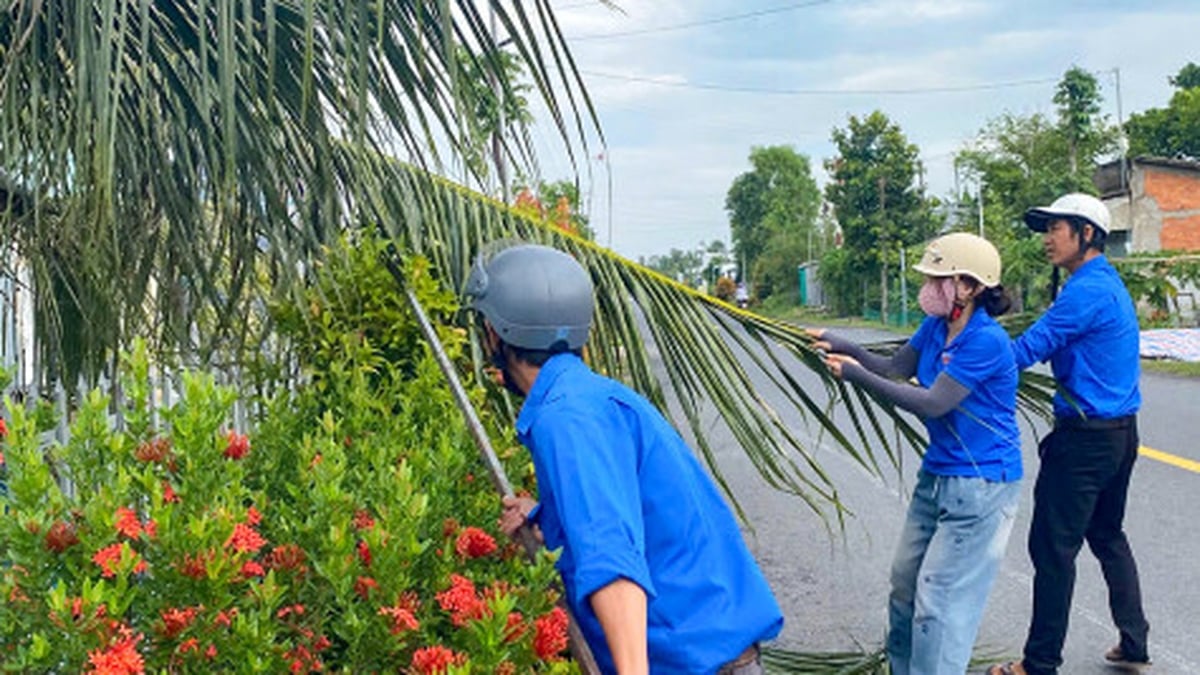


















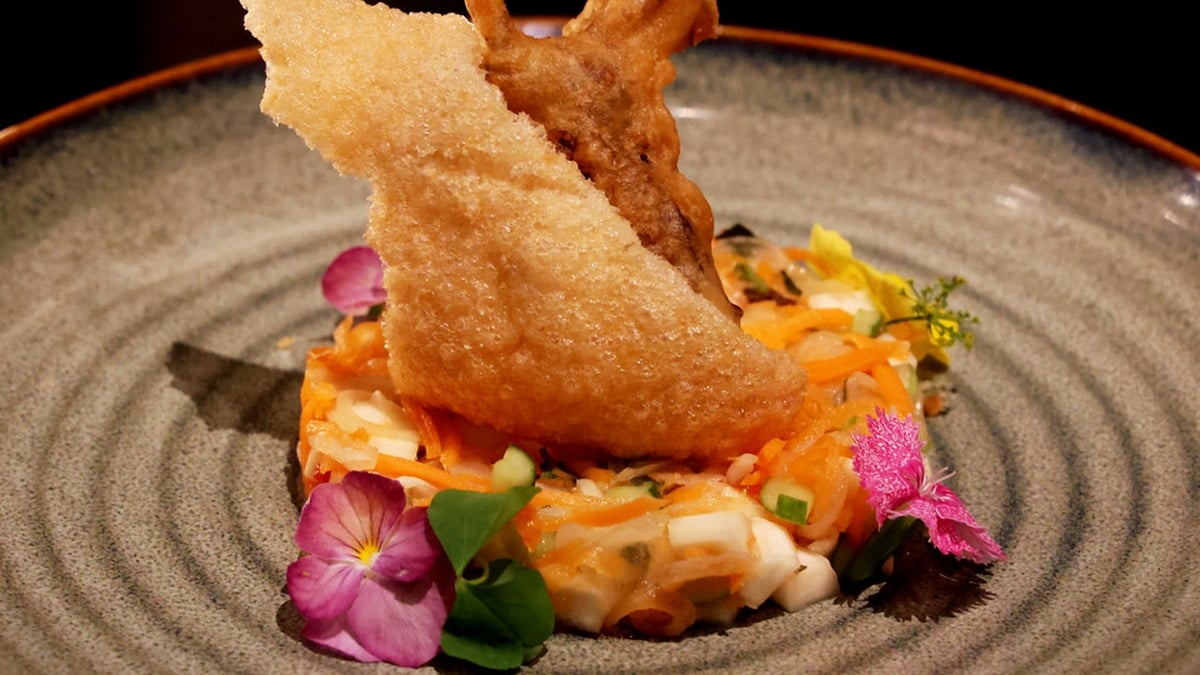


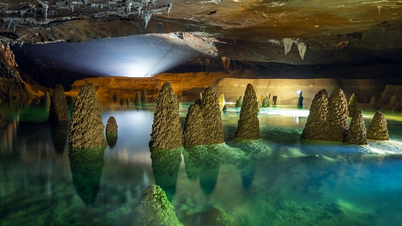





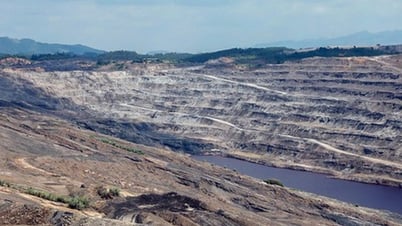

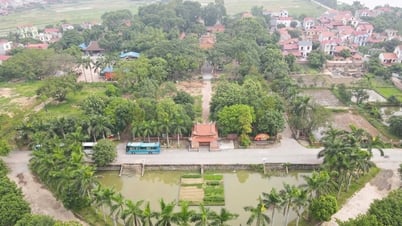












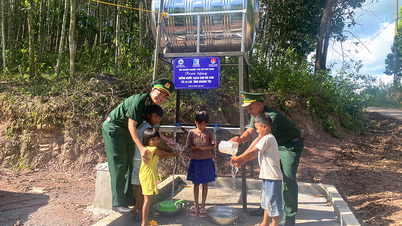


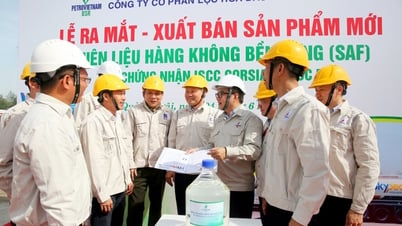



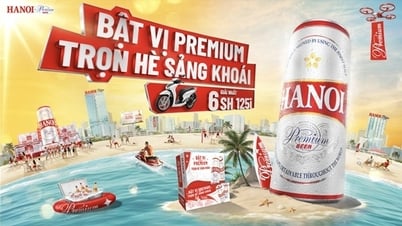

![[Maritime News] More than 80% of global container shipping capacity is in the hands of MSC and major shipping alliances](https://vphoto.vietnam.vn/thumb/402x226/vietnam/resource/IMAGE/2025/7/16/6b4d586c984b4cbf8c5680352b9eaeb0)






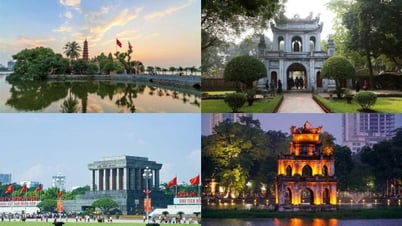



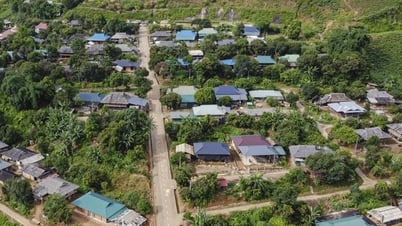
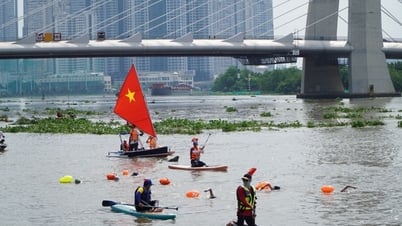
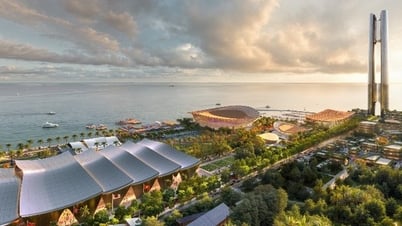
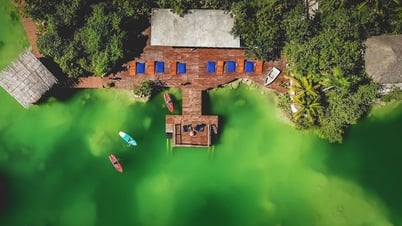
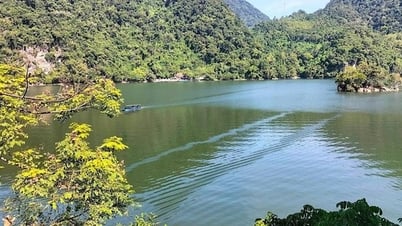







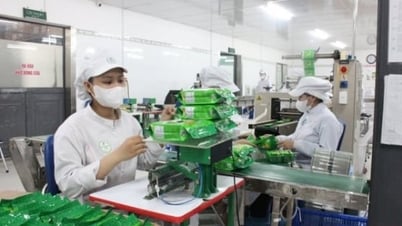







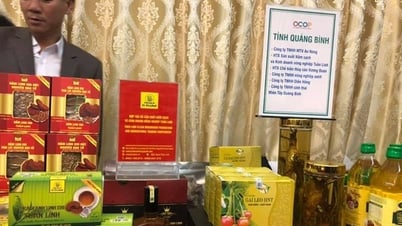







Comment (0)